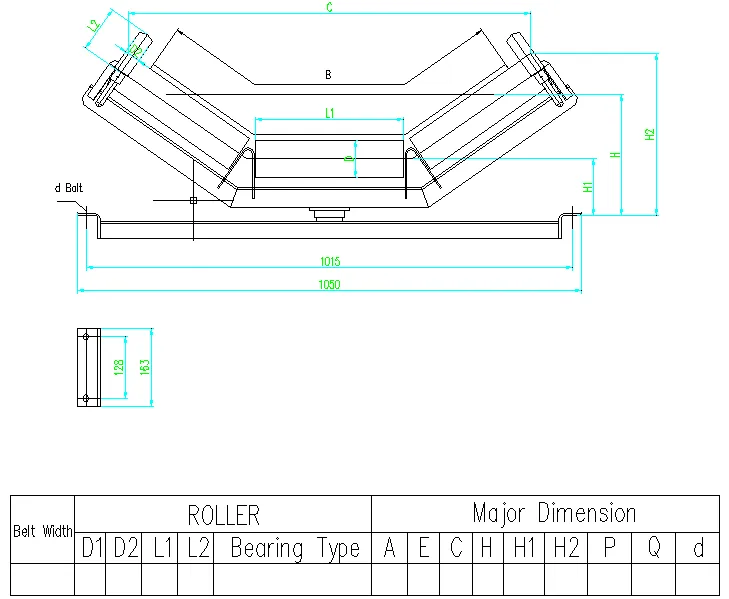 Afrikaans
Afrikaans  Albanian
Albanian  Amharic
Amharic  Arabic
Arabic  Armenian
Armenian  Azerbaijani
Azerbaijani  Basque
Basque  Belarusian
Belarusian  Bengali
Bengali  Bosnian
Bosnian  Bulgarian
Bulgarian  Catalan
Catalan  Cebuano
Cebuano  Corsican
Corsican  Croatian
Croatian  Czech
Czech  Danish
Danish  Dutch
Dutch  English
English  Esperanto
Esperanto  Estonian
Estonian  Finnish
Finnish  French
French  Frisian
Frisian  Galician
Galician  Georgian
Georgian  German
German  Greek
Greek  Gujarati
Gujarati  Haitian Creole
Haitian Creole  hausa
hausa  hawaiian
hawaiian  Hebrew
Hebrew  Hindi
Hindi  Miao
Miao  Hungarian
Hungarian  Icelandic
Icelandic  igbo
igbo  Indonesian
Indonesian  irish
irish  Italian
Italian  Japanese
Japanese  Javanese
Javanese  Kannada
Kannada  kazakh
kazakh  Khmer
Khmer  Rwandese
Rwandese  Korean
Korean  Kurdish
Kurdish  Kyrgyz
Kyrgyz  Lao
Lao  Latin
Latin  Latvian
Latvian  Lithuanian
Lithuanian  Luxembourgish
Luxembourgish  Macedonian
Macedonian  Malgashi
Malgashi  Malay
Malay  Malayalam
Malayalam  Maltese
Maltese  Maori
Maori  Marathi
Marathi  Mongolian
Mongolian  Myanmar
Myanmar  Nepali
Nepali  Norwegian
Norwegian  Norwegian
Norwegian  Occitan
Occitan  Pashto
Pashto  Persian
Persian  Polish
Polish  Portuguese
Portuguese  Punjabi
Punjabi  Romanian
Romanian  Russian
Russian  Samoan
Samoan  Scottish Gaelic
Scottish Gaelic  Serbian
Serbian  Sesotho
Sesotho  Shona
Shona  Sindhi
Sindhi  Sinhala
Sinhala  Slovak
Slovak  Slovenian
Slovenian  Somali
Somali  Spanish
Spanish  Sundanese
Sundanese  Swahili
Swahili  Swedish
Swedish  Tagalog
Tagalog  Tajik
Tajik  Tamil
Tamil  Tatar
Tatar  Telugu
Telugu  Thai
Thai  Turkish
Turkish  Turkmen
Turkmen  Ukrainian
Ukrainian  Urdu
Urdu  Uighur
Uighur  Uzbek
Uzbek  Vietnamese
Vietnamese  Welsh
Welsh  Bantu
Bantu  Yiddish
Yiddish  Yoruba
Yoruba  Zulu
Zulu types of pulley in conveyor
Types of Pulleys in Conveyors An Overview
Conveyor systems are critical components in numerous industries, facilitating the efficient movement of materials from one point to another. At the heart of most conveyor systems are pulleys, which play an essential role in the operation and performance of these systems. Understanding the different types of pulleys in conveyors is essential for selecting the right components for specific applications, ensuring optimal functionality and longevity of the system.
1. Drive Pulleys
Drive pulleys, also known as head pulleys, are situated at the conveyor's discharge end. They are critical in driving the belt forward, converting motor power into mechanical movement. Drive pulleys can be either crowned or flat, with crowned drive pulleys being designed to keep the belt centered during operation. This design reduces the risk of belt misalignment, enhancing the overall efficiency of the conveyor system. Drive pulleys often come equipped with a lagging surface to increase grip and prevent slippage, especially in heavy-duty applications.
2. Idler Pulleys
Idler pulleys are found at various points along the conveyor system, primarily serving as support for the belt. Unlike drive pulleys, idler pulleys do not transmit power. Instead, they help maintain proper tension, alignment, and tracking of the belt. There are several types of idler pulleys, including return idlers, which support the belt as it returns to the drive end, and impact idlers, which absorb the energy of falling materials to protect the belt and other components from damage. Proper selection and placement of idler pulleys are crucial to extending the life of the conveyor belt.
3. Tail Pulleys
Tail pulleys are located at the receiving end of a conveyor system. Their primary function is to return the conveyor belt back towards the drive pulley, completing the cycle. Tail pulleys can also be fitted with a rubber lagging surface to enhance traction and prevent slippage. In some designs, tail pulleys are also adjusted for tensioning the belt, making them an integral part of maintaining optimal performance.
types of pulley in conveyor

4. Snub Pulleys
Snub pulleys are used to redirect the conveyor belt at certain angles, enabling the belt to adhere more tightly to the drive pulley. This is especially important in systems where the belt might otherwise slip. By increasing the contact area with the drive pulley, snub pulleys enhance the effectiveness of the drive, thus ensuring consistent movement of materials. They are typically used in applications where space is limited, and the conveyor needs to change direction efficiently.
5. Take-Up Pulleys
Take-up pulleys are essential in maintaining the correct tension in the conveyor belt. By accommodating variations in belt length due to wear, temperature changes, or load fluctuations, take-up pulleys help ensure that the belt remains taut. There are two main types of take-up systems manual and automatic. Automatic take-up systems use a spring mechanism to adjust tension unsupervised, while manual systems require operator intervention to adjust tension levels. Selecting the right take-up pulley type is critical for ensuring optimal belt longevity and performance.
6. Wing Pulleys
Wing pulleys are designed with winged edges, allowing them to self-clean and reduce material buildup. They are particularly effective in environments where sticky materials might adhere to the pulleys, leading to operational inefficiencies. Wing pulleys can help reduce maintenance needs and prolong the life of equipment by minimizing the chances of material getting between the pulley and belt.
Conclusion
In conclusion, understanding the various types of pulleys in conveyor systems is essential for optimizing performance and ensuring reliability. Each type of pulley, from drive pulleys to take-up pulleys, plays a distinct and critical role in the effective functioning of conveyor systems. Proper selection and configuration of these pulleys can lead to enhanced efficiency, reduced maintenance costs, and an overall increase in productivity. As industries continue to evolve and demand more sophisticated material handling solutions, advancements in pulley technology will play a significant role in shaping the future of conveyor systems.
-
Trusted Conveyor Solutions from Leading Conveyor Idler Roller ManufacturersNewsJun.27,2025
-
Reliable Return Idler Solutions for Efficient Belt Conveyor SystemsNewsJun.27,2025
-
Precision Conveyor Accessories for Streamlined Material HandlingNewsJun.27,2025
-
High-Quality Belt Conveyor Idler Solutions for Efficient Material HandlingNewsJun.27,2025
-
High-Performance Belt Conveyor Pulleys for Reliable Material HandlingNewsJun.27,2025
-
Enhancing Material Handling EfficiencyNewsJun.27,2025





























